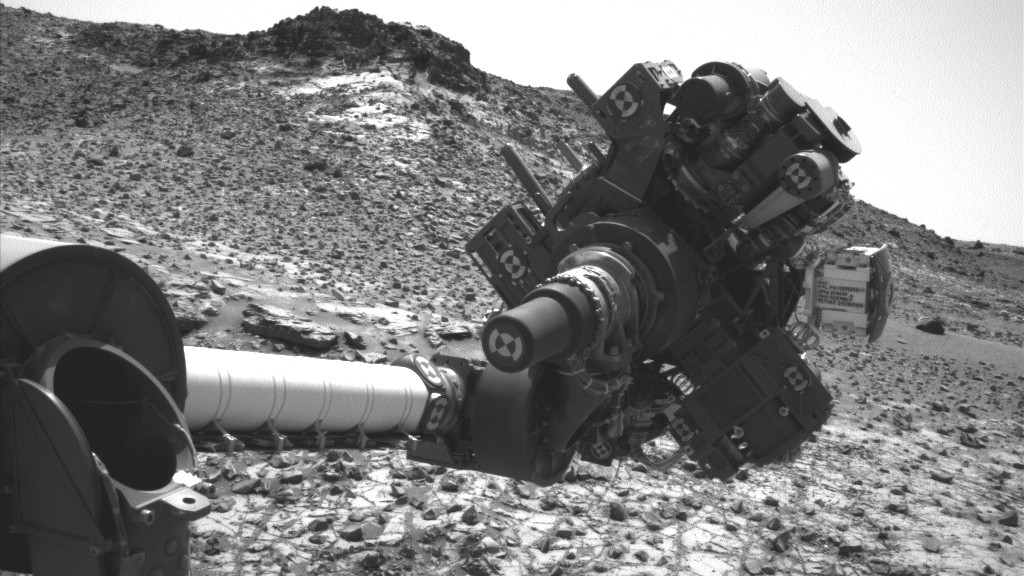NASA reports problems in the drilling arm of Mars rover Curiosity
There have been a number of hitches in the drilling arm of Mars rover robot known as Curiosity, NASA has revealed. However, the agency said they don’t believe that the problems detected so far pose any serious threat to the $2.5 billion mission on planet Mars. NASA researchers are trying to understand climate changes in Mars by studying rock samples there.
Short circuits in drilling arm
There have been a series of short circuits in the drilling arm of Curiosity that could hamper its drilling ability, especially in tough rocks. However, the problems have been intermitted, sometimes lasting only a fraction of a second. In addition to drilling rock samples, Curiosity also has an onboard laboratory where sample testing is carried out and the results relayed to Earth. The laboratory and other working compartments of Curiosity have not reported issues, except the drilling arm.
Studying impact of climate change in Mars
Curiosity is currently working at the base of a Mars mountain that is about 18,000-foot in height. The robot will later climb the mountain and also study rock samples there so that scientists can analyze how climate changes on the planet have altered rocks at different levels of the mountain. The rocks being studied are said to be made of sedimentary layers dating back to the years when Mars seemed to have been warm and wet.
The first incident of short circuit in the drilling arm of Curiosity was on Feb. 27. A power surge occurred that forced the robot to halt its work and waited for instructions from scientists on Earth. The short circuits are said to happen in the coil that supports the moving of the drilling arm. Engineers are trying to understand the severity of the problem.
However, project manager, James K. Erickson, said that the rocks that Curiosity is currently crushing are soft and they believe that the drill work would be able to continue even when hammering mechanism fails.
Curiosity worked well without hitches in 2013 and 2014 using the same process in application today.
